Introduction
In 2025, the way we write and design code is changing faster than ever. Tools like Cursor AI are not just coding assistants - they're transforming how designers, developers, and businesses build digital products. Instead of spending hours debugging or rewriting the same functions, AI-powered editors can now automate, guide, and even generate entire code blocks in seconds.
This guide will walk you through everything you need to know about Cursor AI compared to traditional coding. We'll cover tutorials, comparisons with GitHub Copilot, features for designers, advanced AI capabilities, setup guides, and what the future of AI development looks like. By the end, you'll have a clear roadmap on whether to stick with traditional workflows or embrace AI coding tools like Cursor AI.
Let's dive in and explore how these new tools are changing the rules of coding in 2025.
What is Cursor AI? (Explosive Growth in 2025)
Cursor AI features
Cursor AI isn't just another code editor - it's an AI-native environment built for speed and collaboration. Features like real-time code suggestions, context-aware debugging, and seamless GitHub integration make it stand out. Developers don't have to write every line manually; instead, the AI learns their coding style and adapts. For designers, it provides visual-to-code transitions that save hours of manual work.
Cursor AI review
Most user reviews highlight the platform's ability to accelerate learning and cut repetitive tasks. Beginners love it for simplifying syntax, while senior developers value the automated testing suggestions. The downside? Some users report over-reliance on AI, which can lead to missing deeper logic understanding.
Cursor AI 2025 review
In 2025, Cursor AI has matured significantly compared to its earlier versions. Updates have focused on stability, performance, and broader integration with frameworks like React and Python. It has become a go-to for startups that need to ship MVPs faster.
Cursor AI pros and cons
- Pros: Time-saving, excellent for prototyping, built-in debugging, strong integration ecosystem.
- Cons: Occasional AI "hallucinations," subscription pricing, dependency risk for junior developers.
Cursor AI Tutorial & Getting Started Guide
Cursor AI tutorial
A typical Cursor AI tutorial starts with installing the editor, connecting it to GitHub, and running your first AI-assisted project. Instead of starting from a blank screen, Cursor provides intelligent suggestions as soon as you type your first command.
how to use Cursor AI
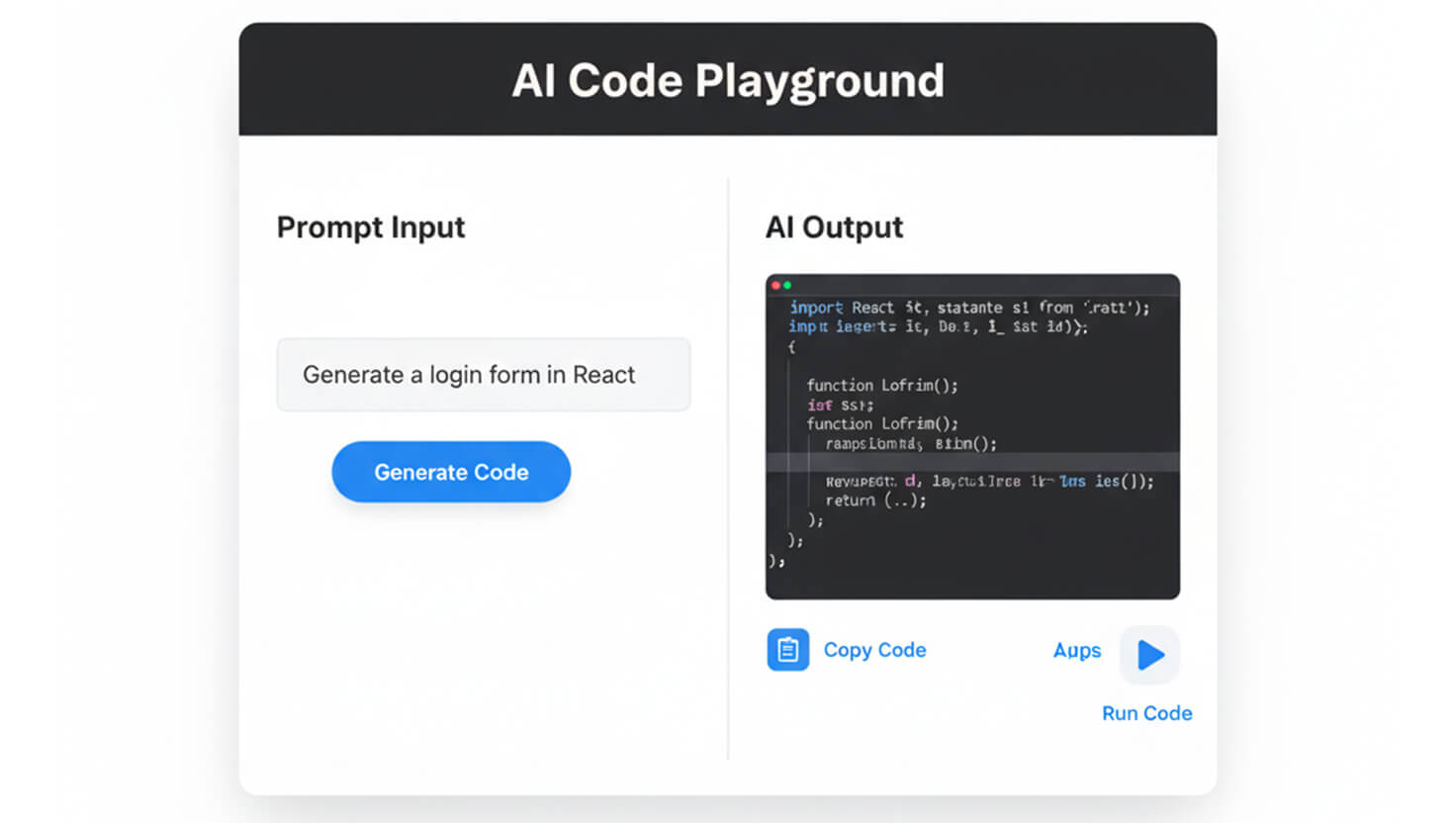
To use Cursor AI effectively, treat it like a pair-programming partner. Ask it to explain code snippets, refactor messy blocks, or even write test cases. For example, a designer working on a Figma-to-React project can paste UI components, and Cursor AI will generate the necessary code structures.
Cursor AI guide
Cursor works best when combined with incremental learning. Start with small tasks - like asking it to debug a function - and gradually let it handle more complex workflows. This reduces over-dependence while helping you understand how AI thinks about code.
getting started with Cursor
Getting started is simple: download the installer, configure your project language (Python, JavaScript, etc.), and link your version control system. Within minutes, you'll see autocomplete and intelligent recommendations tailored to your work.
"Design-to-code workflows powered by AI are the future. Tools like Cursor AI are closing the gap between creative design and production code."
Best AI Coding Tools for Developers & Designers
AI coding tools
The category of AI coding tools includes Cursor AI, GitHub Copilot, Tabnine, and others. These tools automate repetitive coding tasks, reduce errors, and support faster delivery. In 2025, adoption is at an all-time high, with surveys showing that 64% of developers now use at least one AI coding assistant.
best AI coding tools
If you're looking for the best AI coding tools, Cursor AI and GitHub Copilot lead the pack. Cursor stands out for its design-first approach, while Copilot offers a broader ecosystem. For designers, Cursor's visual coding tools make it easier to transform mockups into production-ready code.
AI coding assistant
Think of AI coding assistants as digital co-pilots. They don't just autocomplete code; they suggest improvements, warn about security flaws, and even propose new architecture. Cursor AI is part of this growing trend, competing directly with tools like Copilot and Tabnine.
AI code editor
An AI code editor like Cursor or Replit goes beyond text editing. It actively participates in problem-solving, similar to having an experienced developer guiding you. This makes coding faster, smarter, and more collaborative.
Cursor vs GitHub Copilot: The Ultimate Comparison
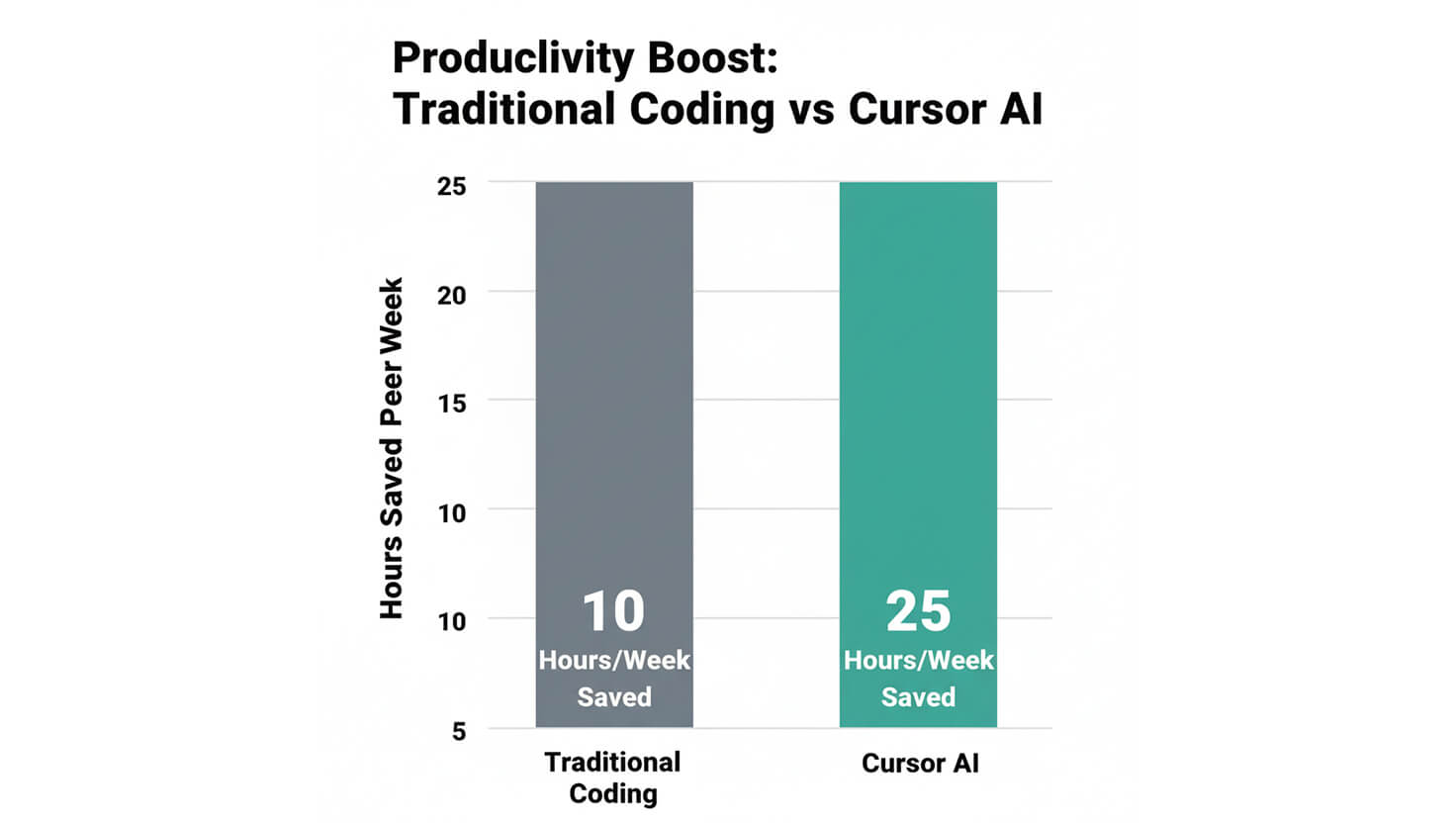
Cursor vs GitHub Copilot
Both Cursor and Copilot are AI-first coding platforms, but they cater to slightly different audiences. Cursor is more designer-friendly, while Copilot is developer-centric. Cursor emphasizes design-to-code workflows, whereas Copilot shines in pure code generation and developer speed.
GitHub Copilot vs Cursor
In practical terms, Copilot integrates natively with GitHub and VS Code, while Cursor AI offers its own environment. Developers already invested in GitHub may find Copilot smoother, but designers and hybrid teams often prefer Cursor for its UI-first approach.
is Cursor AI worth it
For individuals who want to quickly prototype, learn coding basics, or reduce manual work, yes - Cursor AI is worth it. However, if you're an enterprise team with strict performance and compliance needs, Copilot may be the safer bet.
Cursor AI experience
Users describe the Cursor AI experience as "like having a coding buddy who doesn't get tired." While Copilot is more robust for developers, Cursor offers a more approachable and intuitive interface for cross-functional teams.
AI Coding for Designers: From Figma to Code
AI coding tools for designers
Designers are no longer limited to static mockups. With tools like Cursor AI, they can now transform wireframes directly into code. This means less back-and-forth between design and development teams. For example, a UI/UX designer can upload a Figma prototype, and Cursor AI will generate React or HTML/CSS structures instantly.
design to code tools
The market for design-to-code tools is booming. Cursor AI, Anima, and Locofy are leading this trend, enabling seamless workflows from visual designs to functional codebases. These tools allow designers to work faster while giving developers clean, editable code instead of static exports.
Figma to code AI
One of the most requested features in 2025 is "Figma to code AI." Cursor AI delivers here by interpreting design elements and creating responsive layouts. Instead of spending hours writing CSS, designers can focus on creativity, while AI takes care of responsiveness and grid alignment.
visual coding tools
Visual coding tools help bridge the gap for non-developers. With drag-and-drop simplicity, paired with AI-driven automation, they allow creatives to build real products without mastering syntax. Cursor AI integrates visual coding within its ecosystem, making it a powerful choice for hybrid teams.
Advanced Features of Cursor AI for Developers
code generation AI
Cursor AI is built around the ability to generate code quickly and accurately using artificial intelligence. Developers can request entire functions or modules in plain English, and the AI produces usable code instantly. This reduces boilerplate work, freeing up time for higher-level logic and innovation.
AI code suggestions
Cursor AI provides real-time suggestions based on project context. For instance, if you're building a login system, it won't just autocomplete - it may suggest adding validation, encryption, or error handling automatically.
intelligent code completion
Cursor AI goes beyond simple autocomplete by recognizing the overall structure of your project and suggesting code that fits seamlessly. It predicts code not just based on syntax but also on your project's design patterns. This leads to fewer errors and more consistent workflows.
automated code refactoring
While code refactoring usually takes a lot of time, Cursor AI can handle it automatically with just a few prompts. Developers can ask the tool to simplify nested functions or improve readability. This keeps the codebase clean and scalable without investing hours in manual edits.
"AI coding assistants are no longer just experimental - they're becoming core to modern development teams."
Setting Up Cursor AI: Installation, Pricing & Configuration
Cursor AI setup
Setting up Cursor AI is simple. Download the installer for Windows, macOS, or Linux, then log in with your GitHub or Google account. Within minutes, you'll have a fully functional AI-driven coding environment.
Cursor AI installation
The installation process is lightweight and doesn't require complex configurations. Cursor AI also integrates with common package managers, so adding dependencies feels familiar to developers coming from VS Code or PyCharm.
Cursor AI configuration
Once installed, you can configure preferences like preferred language (Python, JavaScript, TypeScript), framework support (React, Django), and AI behavior settings (how much autonomy Cursor should take). This customization ensures the tool adapts to your workflow, not the other way around.
Cursor AI pricing
Cursor AI follows a subscription model starting at around $20 per month. While that may seem steep, it pays for itself if it saves even a few hours per week. Teams can also explore enterprise plans with advanced integrations and security features.
Future of AI in Coding & Software Development
future of coding
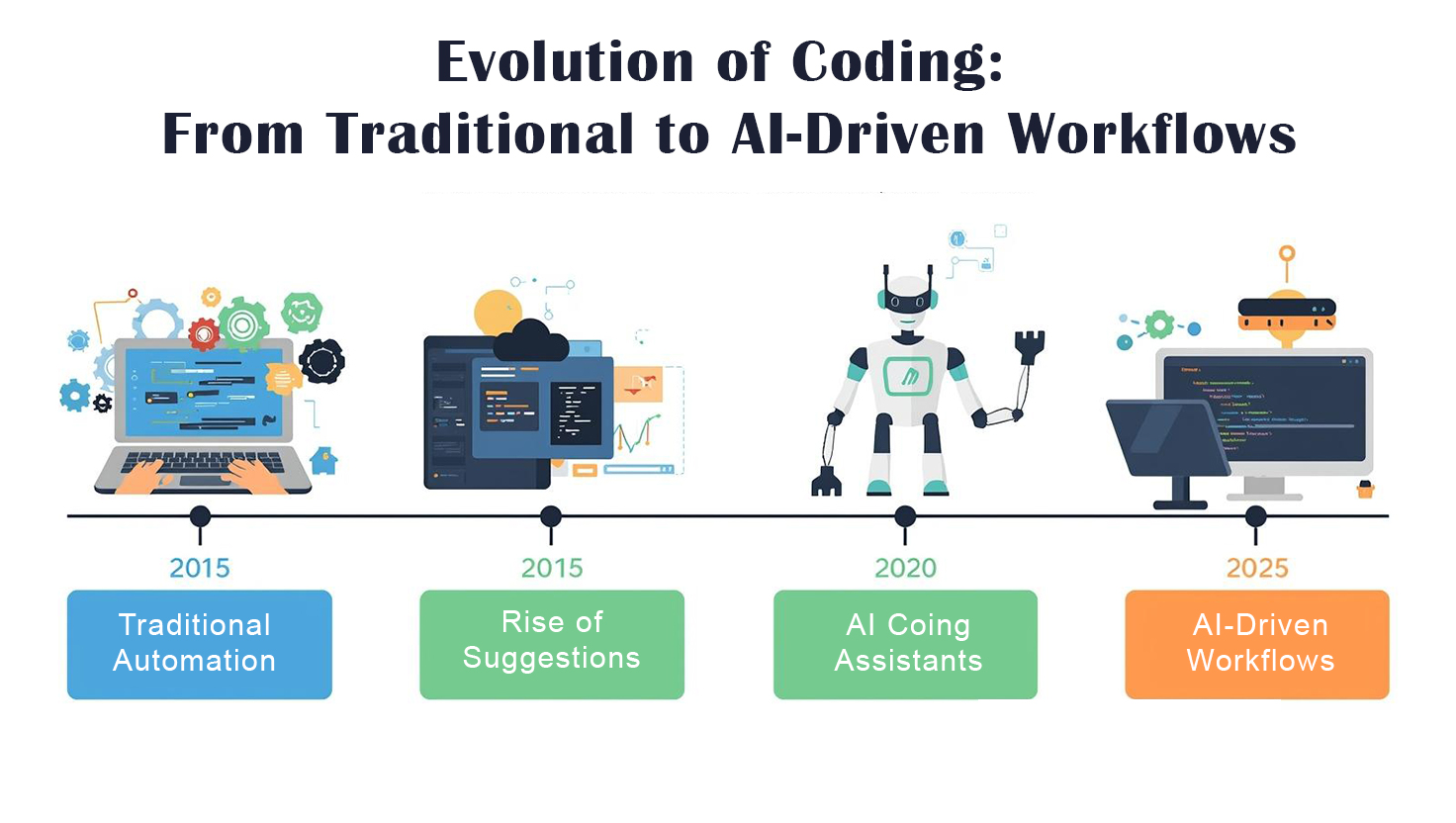
Coding is moving away from writing every line by hand and toward solving problems with the help of AI-driven tools. Instead of typing every character, developers are increasingly orchestrating AI workflows, focusing more on system design and less on low-level details.
AI in software development
AI in software development is already mainstream. By 2025, more than half of new code in enterprise environments is AI-generated or AI-assisted. Companies save costs while improving time-to-market, making AI coding tools essential rather than optional.
multimodal AI coding
Multimodal AI coding is the next frontier. Cursor AI and similar platforms are beginning to accept not only text prompts but also voice commands, images, and design files as inputs. Imagine uploading a screenshot and getting working code in return - that's where we're heading.
Claude AI coding
While OpenAI leads much of the conversation, competitors like Anthropic with Claude AI are entering the coding market. These models emphasize safer, more explainable AI interactions, giving developers confidence in the generated code.
Comparison Table: Cursor AI vs. GitHub Copilot
| Feature | Cursor AI | GitHub Copilot |
|---|---|---|
| Primary Audience | Designers & hybrid teams | Developers |
| Integration | Standalone + GitHub | Native GitHub & VS Code |
| Pricing | $20/month | $10/month |
| Figma-to-Code | Yes | No |
| AI Refactoring | Advanced | Basic |
| Learning Curve | Beginner-friendly | Intermediate |
Conclusion
The rise of Cursor AI in 2025 signals a major shift in how we approach software development. For designers, it opens doors to build working prototypes faster. For developers, it reduces repetitive coding, speeds up debugging, and creates smarter workflows. While traditional coding still matters, the blend of human creativity and AI efficiency is clearly the future.
If you're a designer or developer looking to stay ahead, now is the perfect time to explore AI tools like Cursor. Whether it's building smarter prototypes, writing cleaner code, or experimenting with multimodal AI, the opportunities are endless.
Final Summary
In this guide, we explored how Cursor AI vs. traditional coding impacts both designers and developers in 2025. In this guide, we walked through tutorials, reviews, side-by-side comparisons, design-to-code processes, powerful AI features, setup steps, and what’s ahead for coding. Cursor AI stands out for its designer-first features and powerful automation, while traditional coding remains important for logic and problem solving. The smart approach is blending both worlds. If you're ready to future-proof your workflow, start experimenting with AI tools like Cursor today.
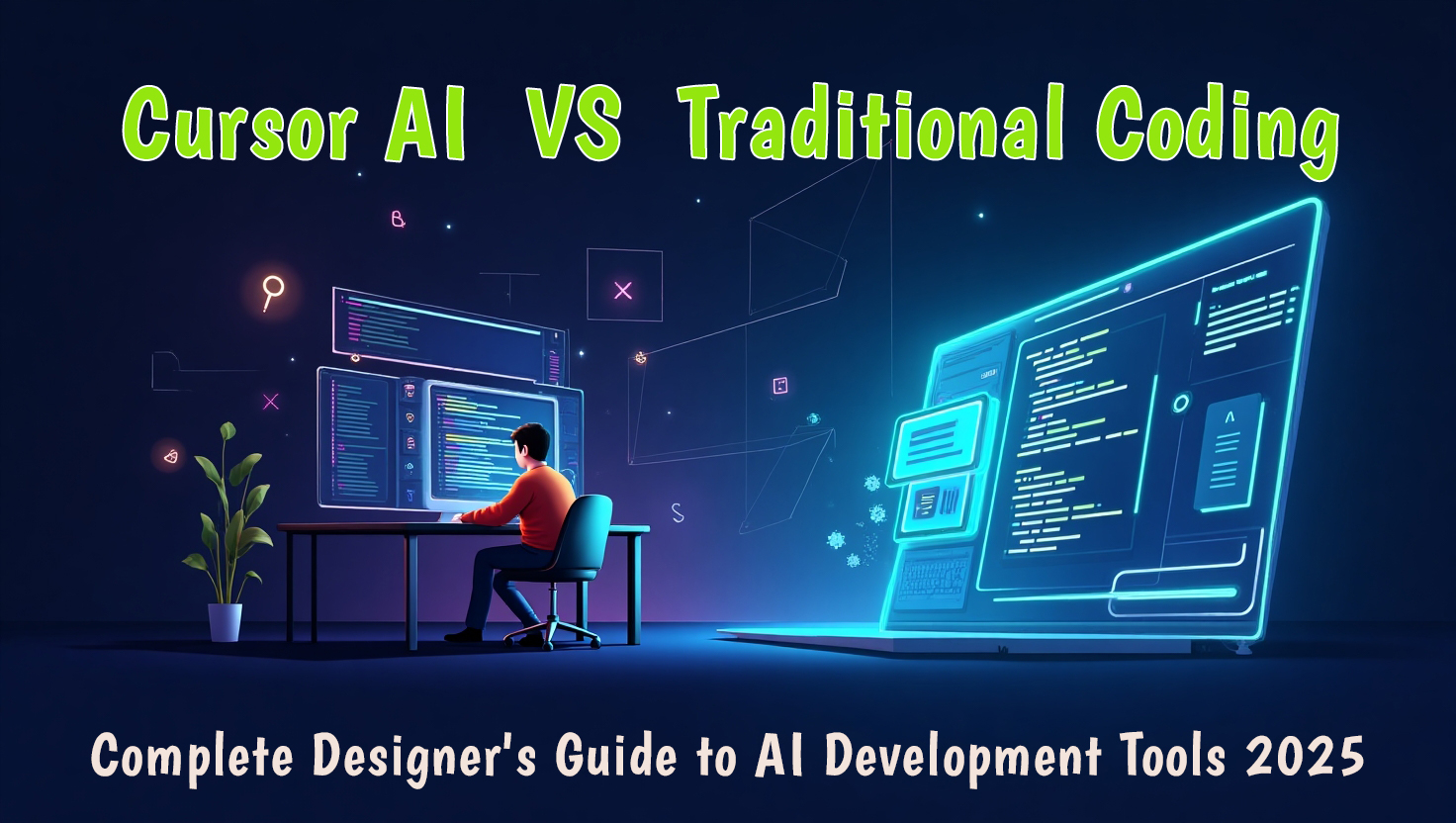
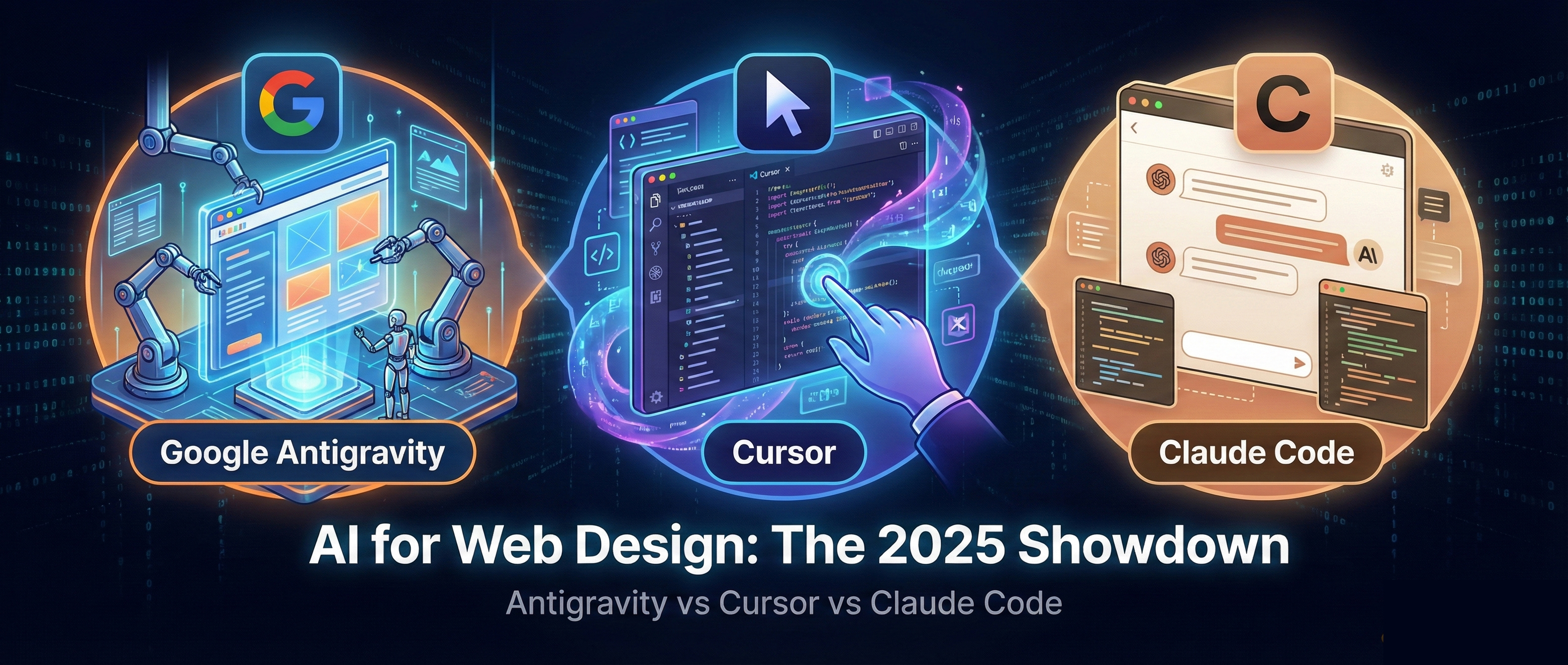

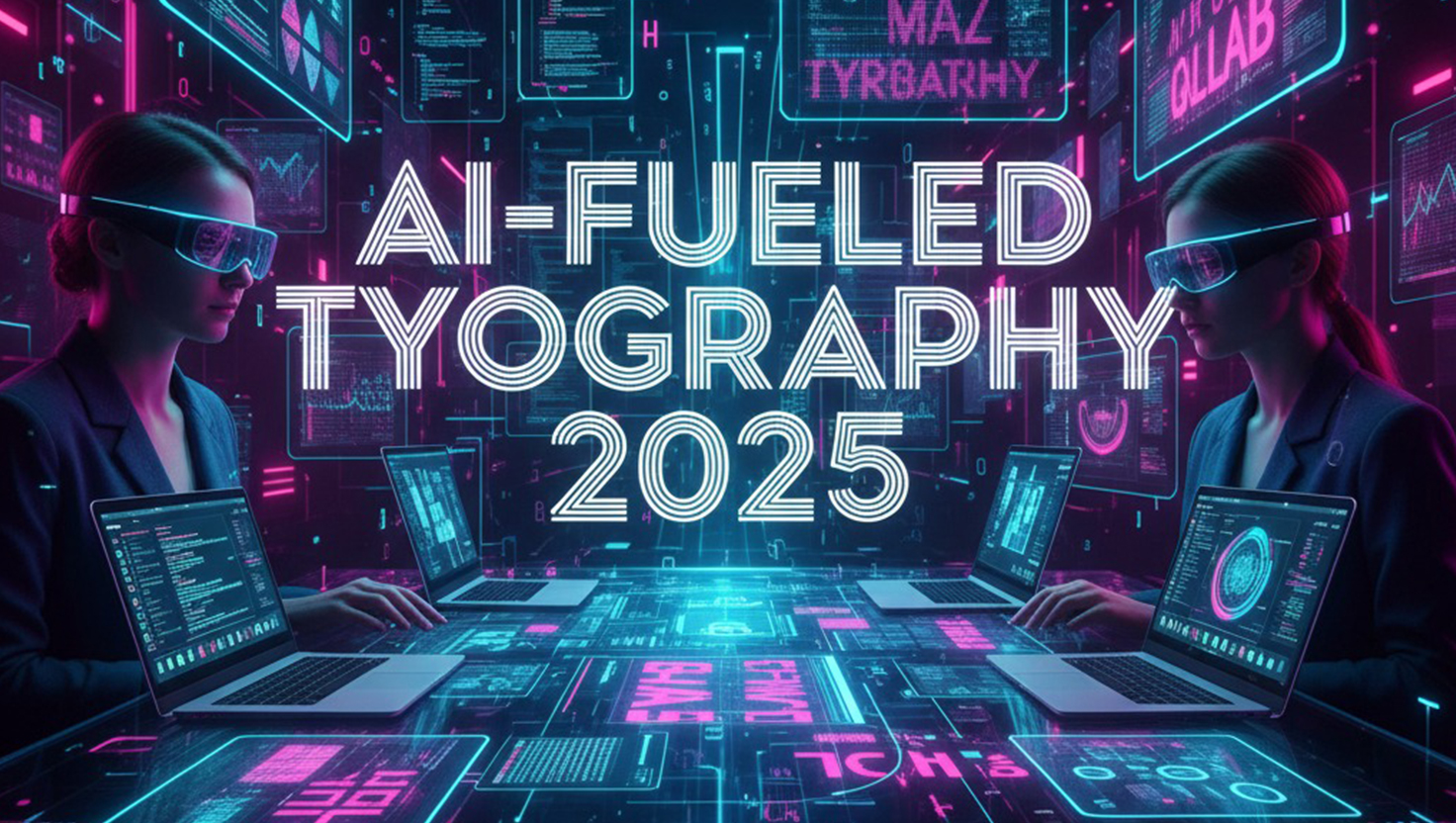
0 Comment(s)
Be the first to leave a comment!